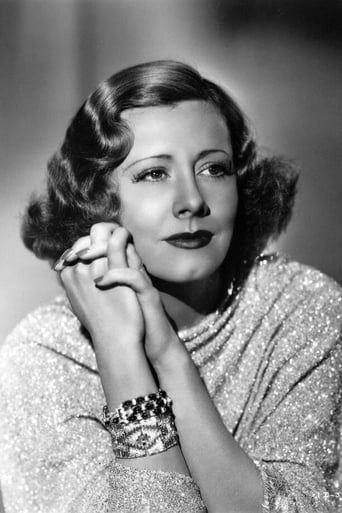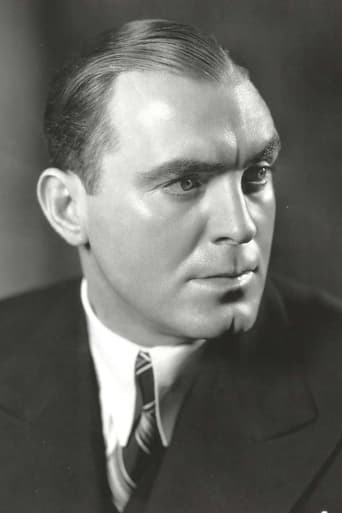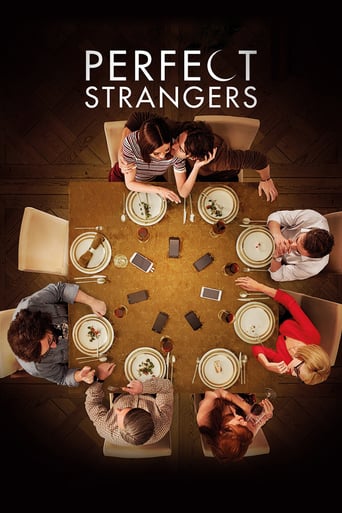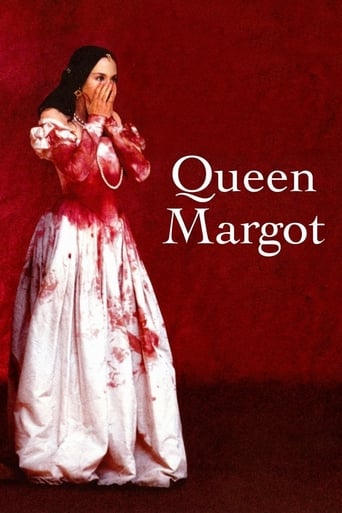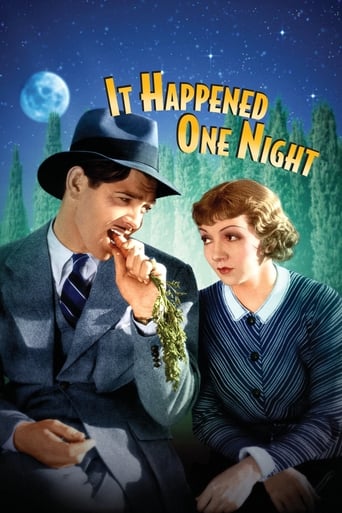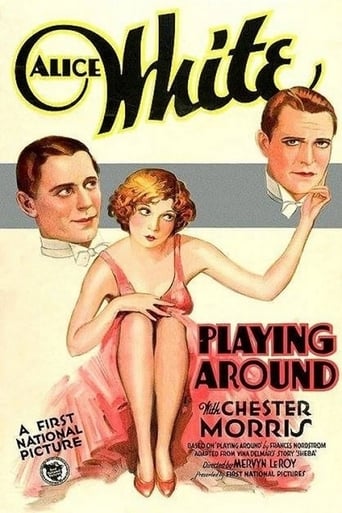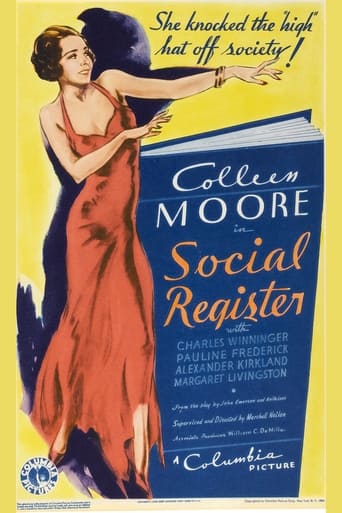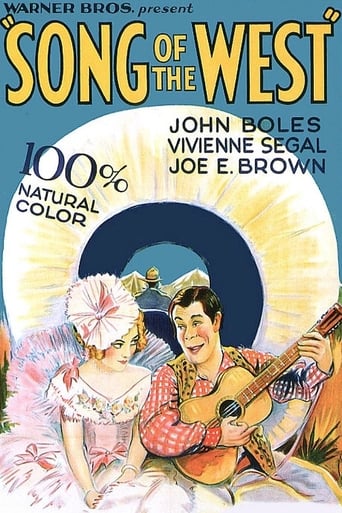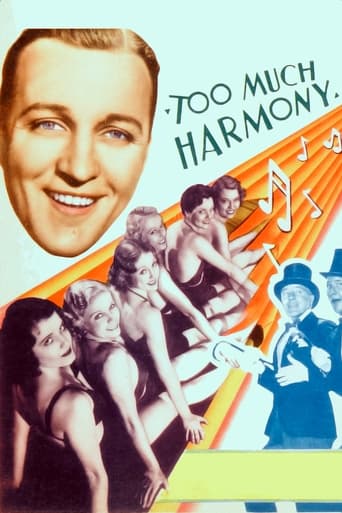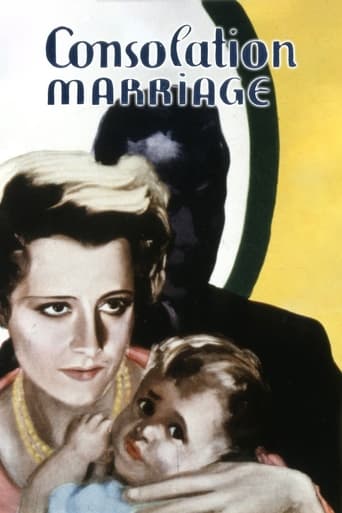
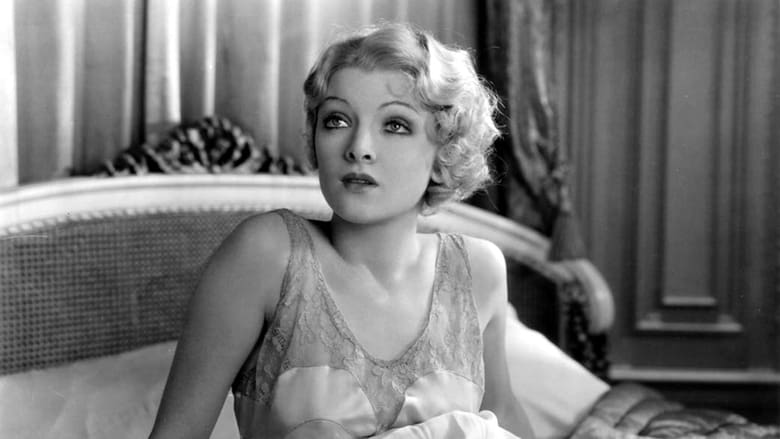
Consolation Marriage (1931)
A sportswriter jilted by his globe-trotting girlfriend marries a woman jilted by her boyfriend.
Watch Trailer
Cast


Similar titles
Reviews
Man, this thing is old. Old in years, yes, but a film can be old and still fresh and relevant. This is old in that it's melodramatic and irrelevant, and dated."Consolation Marriage" is from 1931 and stars Irene Dunne, Pat O'Brien, Myrna Loy, John Halliday, and Lester Vail. Dunne is Mary Brown Porter, who loses her childhood sweetheart, Aubrey (Lester Vail) to a rich woman. Mary tends to be a fairly understanding woman. Or else she's masochistic.She meets Steve Porter (O'Brien), another jiltee, and they decide to get married, even though they aren't in love. There's an understanding that Steve is still in love with the girl of his dreams, Elaine (Myrna Loy), but they keep breaking up. Mary again goes along with this arrangement.When I saw that Myrna Loy was supposed to be playing the other woman, I thought it was a mistake when I saw her. She did not look remotely like herself. Later I realized it was indeed Loy, who made a dazzling blond, beautifully gowned and coiffed.Steve and Mary get a dog and have a baby, but Steve slips away often to be involved with Elaine. Then Mary gets her big chance with Jeff (John Halliday). Will she take it? And will Steve ever leave her for Elaine?It's the rare woman who has the other woman over to her house and helps her dress. This is a movie about class distinction, a big topic in the old days, so it has a certain formality found in the theater and film before the Depression brought in the working man playwrights. I always liked Pat O'Brien, but I've never quite understood why he was used as a leading man in these romantic movies. Comedy, certainly. But unlike the other character actors who became leads - Bogart, Robinson, Cagney, etc. - O'Brien was not as successful. Irene Dunne is lovely in a difficult role, that of a woman being walked all over, putting up with it, and keeping her dignity.John Halliday refers to himself as an "old man," and I thought to myself, "I'll bet he's 40" - you know how differently age was perceived in those days. Turned out he was 50.This is one of Dunne's first films, and if you're a huge fan, you may want to see it. I don't recommend it. At around 90 minutes, it seems like it's four hours long.
Dunne and O'Brien's joyful relationship was fun to watch. Their patter was witty. They hit all the right notes. The others, well, not so much. This was a movie about modern couples trying to find their way through life and love, self-consciously not old-fashioned, finding out what worked for them and what was only good in theory or for others. There were no conclusions drawn that their choices should be the choices for everyone.Indeed, right and wrong was a complete non-issue. Leave your baby or not--up to you. Change spouses like socks or stick with the one you have--up to you.Then-current psychology was brought into it, that a baby would grow up happier if the mother left to be happy than if the mother stayed and was resentful. And that the mother would miss the baby more than the other way around.While it does have a happy ending, that makes sense considering the fact that the other two in the quadrangle were drips and for some people being in a marriage and having a baby DOES change their point of view in regard to past infatuations. And who would want to lose such an upbeat intimate partnership that included mutual love for a child? It was just a matter of recognizing that they had stumbled into a successful relationship in spite of themselves. I don't know if the two men trying to get them back together toward the end were gay or not but they acted as if they might have been. Gays and lesbians weren't uncommon in movies of that era but a person can read too much into things.I love pre-Code movies. They illustrate that liberalism doesn't go in a straight progression through time. My parents told me stories about people they knew that showed that even the average Joe and Mary on the street could kick over the traces of "the old morality." If we didn't have these movies, and books, of the era we might believe that most people in the past clung to the conventions like limpets when in fact they were transitioning, too. We are still trying to figure out the answers to the questions raised a hundred or so years ago, such as how important is individual happiness and who makes the rules.The last lines were fun, too. Grrr. Go get him, Irene!
One of Irene Dunne's earliest features (before "Back Street" would make her a star) rewards a second look in a time of heated discussions on the sanctity of marriage.Mary Brown and Steve Porter, both jilted by their longtime sweethearts, meet up and hit it off, based as much on their mutual melancholy as anything else. On a whim, Steve proposes marriage to Mary, while acknowledging that their hearts will always belong to others. They decide their marriage will be based on their friendship alone, and each will be free to walk away at any time with no regrets.It is, of course, inevitable that the original sweethearts will each turn up and test Steve and Mary's resolve. But what is most striking to me is that midway through their marriage Mary gives birth to a baby girl. Yes, of course, this film was made pre-Code, but nonetheless it's remarkable that it would be acknowledged that these friends in a marriage of nothing but convenience would have a sexual relationship as well. The pregnancy and birth aren't even a very big deal, and Mary's and Steve's open marriage agreement continues. There is even a suggestion that the existence of the child should be no impediment to either of the spouses' decision to go his or her own way.Of course, there's a happy ending, so the point is made moot. But it's having been made at all is what makes this film, to me, a little bit more than simply a run-of-the-mill Hollywood melodrama.
Although the first ten minutes of the film are a trial, relishing as it does the cacophony of early films, the sheer bravado of Pat O'Brien and the iridescent charm of Irene Dunne soon make up for the horror of Myrna Loy, as stiff and plastic as her hairdo, and John Halliday, as a weak, chinless cretin musician. Once these two are left behind, the screenplay transcends its material and the dialogue and wit are as illuminating as the key lighting. The interaction between Dunne and O'Brien is what people mean when they say: "They don't make movies like this anymore." The two simply become more than the sum of their parts.Discussing the ending would be akin to drowning a kitten. Suffice it to say that this is soap opera at its best and once the two weak sisters re-appear and disappear, we are left with an ending that allows us to feel morally uplifted. The material is dated but the inter-action between these two beginning stars of yesteryear makes up for any weaknesses. To fault the film for its age is simply ridiculous and makes such critics even less aware of just how good Hollywood films once were -- crowsfeet and all.


